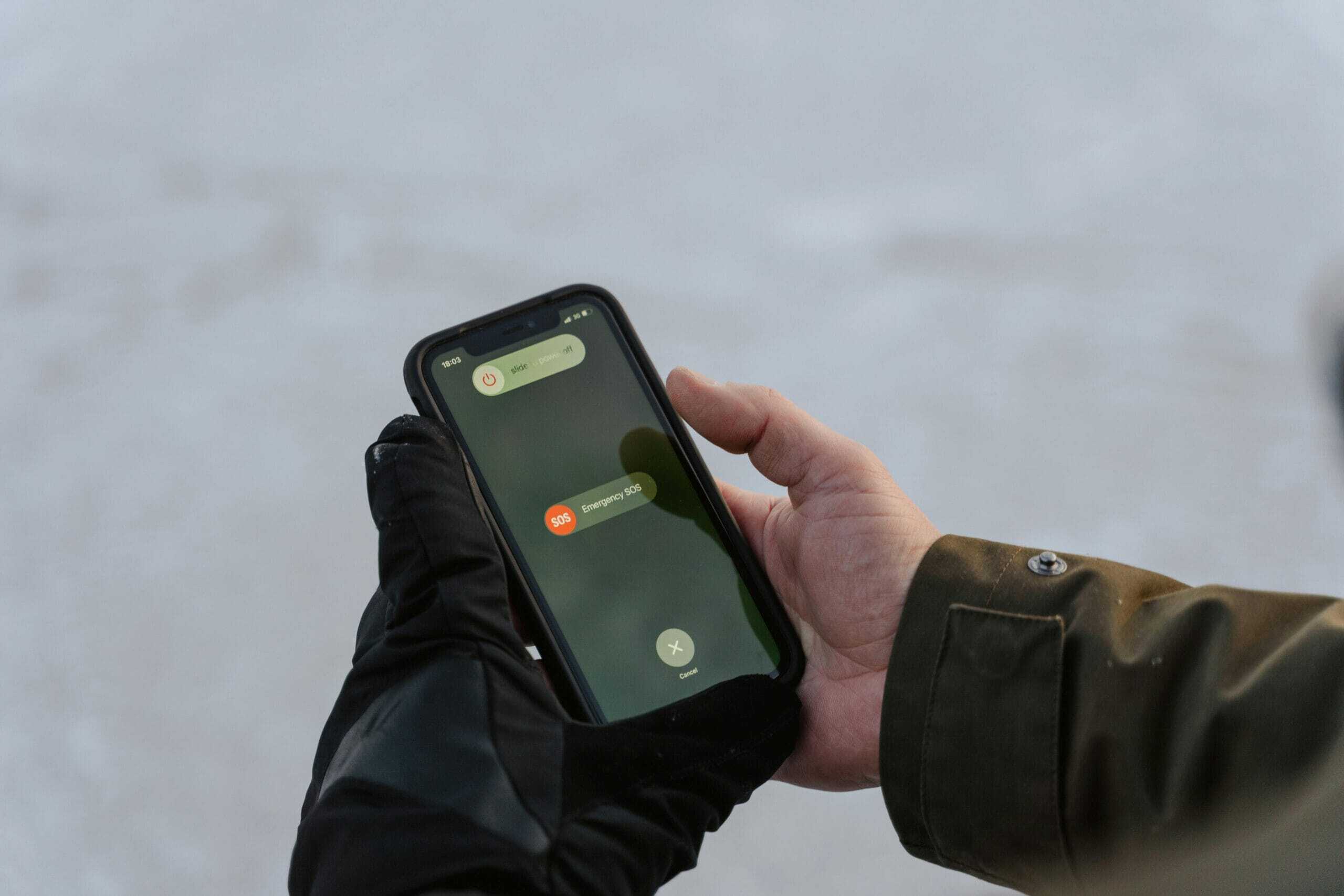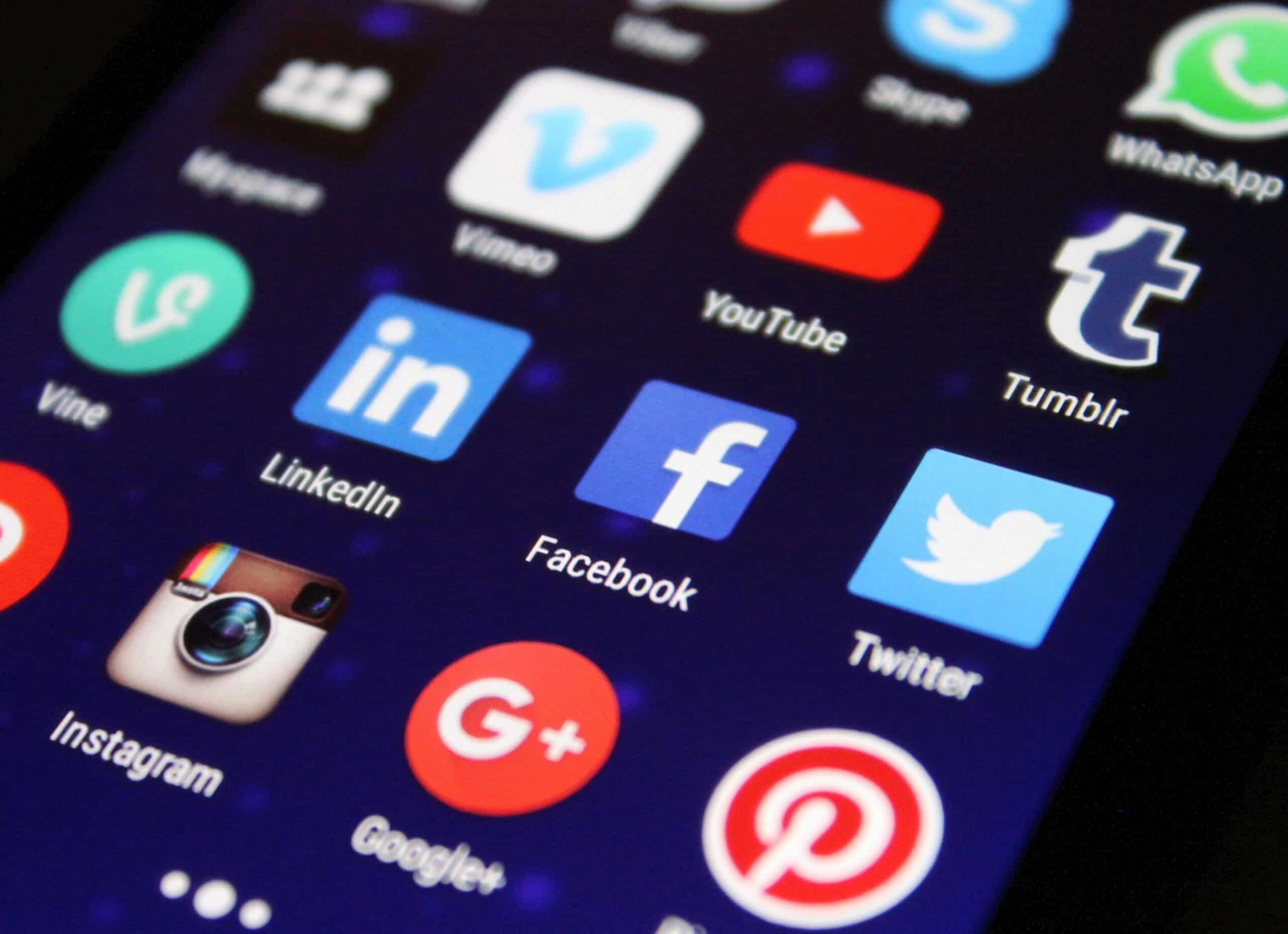
In an era where artificial intelligence (AI) can create ultra-realistic images, videos, and text, ensuring AI-generated content verification is more critical than ever. From deepfake videos to AI-written news articles, verifying authenticity is essential to prevent misinformation, fraud, and copyright infringement.
As AI tools like ChatGPT, DALL·E, and Midjourney become mainstream, businesses, media organizations, and regulatory bodies are actively working on AI content authentication solutions to combat misleading information.
Why AI-Generated Content Verification is Crucial
With AI-generated content flooding the internet, the need for verification arises due to several challenges:
✅ Prevention of Misinformation & Fake News
- AI-generated articles and manipulated images can spread false narratives.
- Deepfake videos can impersonate public figures, leading to political and financial manipulation.
✅ Protecting Intellectual Property
- AI-generated text and images can unintentionally plagiarize existing content.
- Ensuring copyright protection in AI-generated content helps creators and businesses maintain ownership.
✅ Building Trust & Credibility
- Companies relying on AI-generated content must ensure transparency to maintain brand trust.
- News and social media platforms need AI verification tools to combat misleading visuals and text.
✅ Compliance with AI Regulations
- Governments and tech companies are introducing AI laws to regulate content authenticity.
- Businesses must verify AI-generated content to comply with evolving regulations on fake news and digital media ethics.
Top AI Detection & Content Verification Tools
As AI-generated content becomes more sophisticated, AI detection tools play a crucial role in verification. Here are some of the leading solutions:
🔍 AI Text Detection Tools
- GPTZero & Copyleaks AI Detector – Identify AI-generated text based on linguistic patterns.
- Writer.com’s AI Content Detector – Checks for AI-generated phrases in articles and blogs.
🎭 Deepfake & AI Video Detection
- Sensity AI – Uses machine learning to detect deepfake videos.
- Microsoft Video Authenticator – Analyzes videos and images for AI-based manipulation.
🖼 AI Image & Artwork Authentication
- Truepic & Adobe Content Authenticity Initiative – Verify the originality of AI-generated images.
- Google’s SynthID – Adds invisible watermarks to AI-generated visuals for easy detection.
How Blockchain & Digital Watermarking Improve AI Content Verification
AI-generated content verification is evolving with the integration of blockchain technology and digital watermarking:
🛠 Blockchain-Based Content Provenance
- Blockchain can store content metadata, ensuring AI-generated media authenticity.
- Companies like Adobe and Twitter are exploring blockchain solutions for image verification.
📌 AI Watermarking & Metadata Tracking
- Google DeepMind’s SynthID adds invisible watermarks to AI-generated text and images.
- Digital signature embedding allows platforms to track AI-generated content origins.
Challenges in AI Content Verification
While AI verification tools are advancing, they still face several challenges:
⚠ Fast-Evolving AI Models – Deepfake technology is improving, making detection harder.
⚠ Bias & False Positives – Some AI detectors incorrectly flag human-generated content.
⚠ Public Distrust in AI Detection – Some users question the reliability of AI content verification tools.
To address these issues, tech companies and governments are investing in advanced AI-detection methods and global AI regulations.
The Future of AI-Generated Content Verification
As AI-generated content continues to shape industries, new innovations in verification will emerge:
🚀 AI-Powered Fact-Checking – AI will automatically verify claims in news articles and videos.
🚀 Social Media Integration – Platforms like X (formerly Twitter), Facebook, and YouTube will enhance AI content detection.
🚀 Stricter AI Regulations – Governments will introduce laws for AI-generated content disclosure.
The fight against misinformation and deepfake content will rely on a combination of AI-driven verification, regulatory policies, and digital literacy.
Final Thoughts
AI-generated content brings incredible opportunities but also significant risks. Ensuring authenticity through AI content verification tools is crucial for maintaining truth, transparency, and digital trust.
As AI-generated text, images, and videos become more realistic, staying informed about verification techniques is essential for businesses, content creators, and consumers alike.
For the latest updates on AI-generated content verification, deepfake detection, and tech regulations, follow Focus Global News – your trusted source for AI and digital media trends. 🚀





